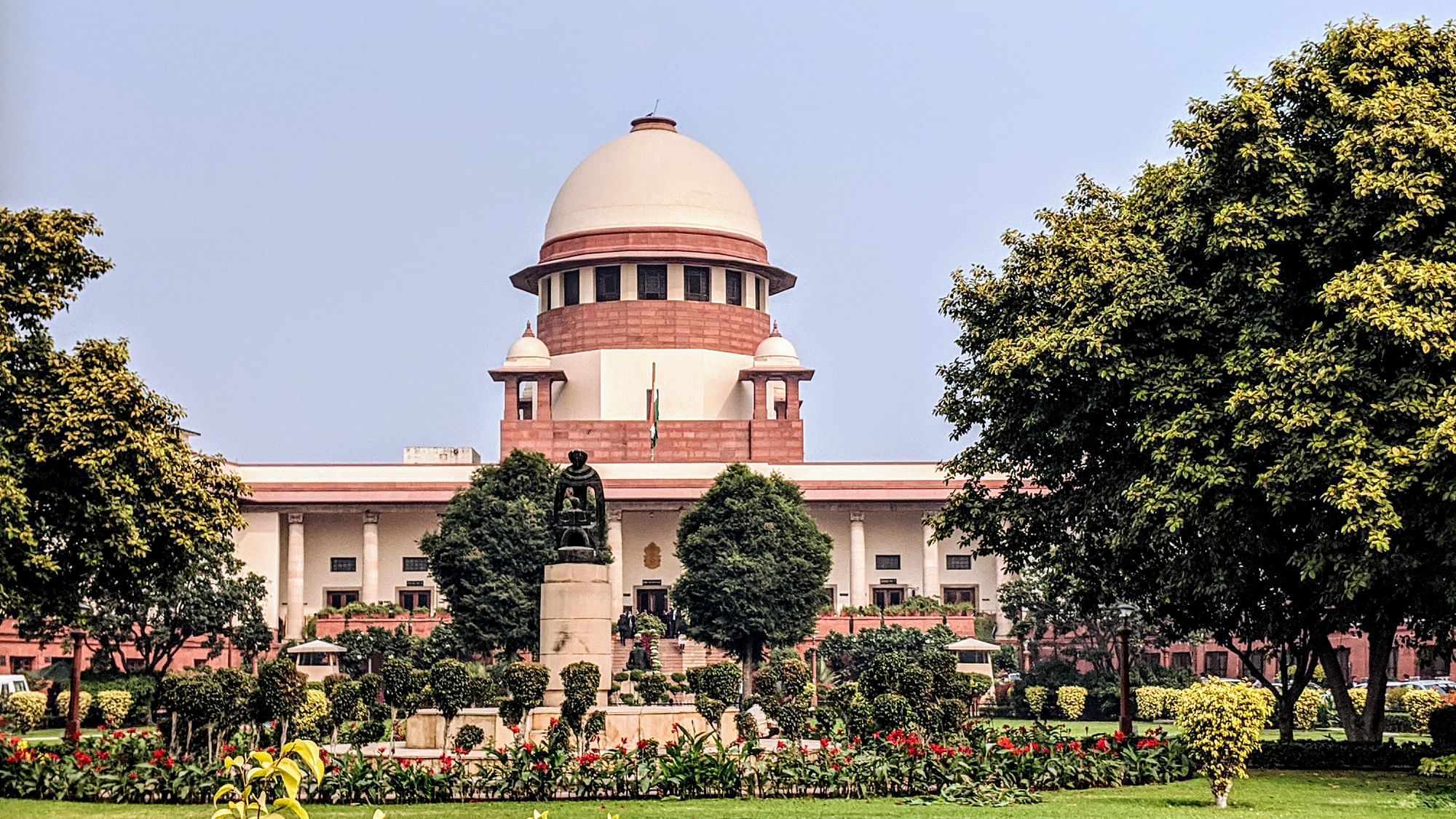Supreme Court Further Toughens the Law Against Child Pornography in India
The urgency in dealing with CSAEM stems from its severe impact on child victims and society at large.

advertisement
On 23 September, the Supreme Court of India delivered a landmark judgment wherein it set aside a Madras High Court judgment which had said merely downloading and watching child pornography is not an offence under the Protection of Children from Sexual Offences (POCSO) Act, 2012, and the Information Technology (IT) Act, 2000.
The bench of Chief Justice DY Chandrachud, Justices J B Pardiwala and Manoj Misra in JUST RIGHTS FOR CHILDREN ALLIANCE vs S HARISH ruled that watching and downloading child pornography are offences under the POCSO Act and the IT Act. The apex court also suggested that the union government bring an amendment to the POCSO Act so that the definition of child pornography can be referred to within the ambit of child sexually exploitative and abuse material (CSEAM), clearly signalling a more comprehensive and nuanced approach to addressing this pervasive issue.
This ruling effectively closes potential loopholes in accountability and establishes a zero-tolerance policy towards any involvement with CSEAM. The judgment draws strength from constitutional principles enshrined in Articles 15 and 39(f), broadening the avenues for enforcing POCSO laws. By doing so, the court has reinforced the urgency required to address sexual exploitation and abuse of children.
The Urgency in Dealing With CSAEM
Earlier in January 2020, the Jairam Ramesh-led 14-member Ad Hoc Committee of the Rajya Sabha, set up by the then Vice President M Venkiah Naidu, submitted a report addressing the critical issue of pornography on social media and its impact on children and society, and proposed several key recommendations to the Union government to strengthen existing laws and introduce new measures to combat child pornography and protect minors in the digital age.
The committee suggested broadening the scope of child pornography under the POCSO Act to include written material and audio recordings and making the social media intermediaries more responsible. While a few steps have been undertaken in the last few years to address the menace, mostly legal and regulatory, much remains to be done as newer techniques emerge to create such content. The usage of generative AI, for example, has become a serious issue.
The urgency in dealing with CSAEM stems from its severe impact on child victims and society at large. The creation and distribution of such material cause immense trauma to child victims, often with long-lasting psychological and emotional effects. Once such material is online, it can be shared indefinitely, leading to continued victimisation of the children involved.
The existence and circulation of this material can normalise and encourage further exploitation of children. The internet has made this a transnational issue, requiring coordinated international efforts. Social media platforms have not always been able to weed them out at the pace they are loaded and propagated.
This issue is often connected to other serious crimes like human trafficking. Research also indicates that exposure to violent and degrading sexual content fosters harmful attitudes towards women, leading to an increase in sexual aggression. This is particularly alarming in the context of rape and sexual assault, which often arise from a culture influenced by toxic masculinity and unrealistic portrayals of sex.
Way Forward in the Digital Age
Digital technology has significantly impacted the production and dissemination of CSEAM. The internet, smartphones, and file-sharing platforms have made it easier for offenders to create, access, and distribute such illegal content across borders. End-to-end encryption and anonymising tools can make it challenging for law enforcement to detect and investigate these crimes.
However, technology also enables new methods for identifying victims, tracking offenders, and blocking CSEAM. Ongoing collaboration between tech companies, governments and NGOs is crucial to leverage technology effectively in combating the exploitation of children online while protecting privacy and civil liberties.
In light of these concerns, it becomes crucial to find ways to self-censor such material while maintaining public order and morality. This involves investing in technology that can identify and eliminate harmful content. Tech companies must take a proactive stance in developing and implementing advanced algorithms and artificial intelligence systems capable of detecting and removing CSEAM from their platforms.
These efforts should be coupled with robust reporting mechanisms and cooperation with law enforcement agencies to ensure swift action against perpetrators. Law enforcement agencies, in turn, must receive specialised training to handle cases involving CSEAM sensitively and effectively. This includes understanding the digital landscape, preserving electronic evidence, and conducting thorough investigations while respecting the rights of the accused.
At the same time, international efforts at collaboration on the matter have to be further enhanced because such content flows seamlessly across geographies and often at the behest of criminal syndicates.
In August this year, the Ad Hoc Committee agreed upon the draft global cybercrime treaty called The United Nations Convention Against Cybercrime which will be deliberated in the current 79th session of the General Assembly and then, when 40 nations vote to ratify it, the agreement will be placed for implementation. CSEAM will be part of this effort.
(Subimal Bhattacharjee is a Visiting Fellow at Ostrom Workshop, Indiana University Bloomington, USA, and a cybersecurity specialist. This is an opinion piece. The views expressed above are the author’s own. The Quint neither endorses nor is responsible for them.)
(At The Quint, we question everything. Play an active role in shaping our journalism by becoming a member today.)